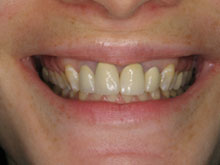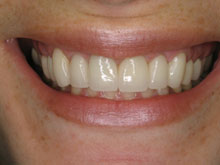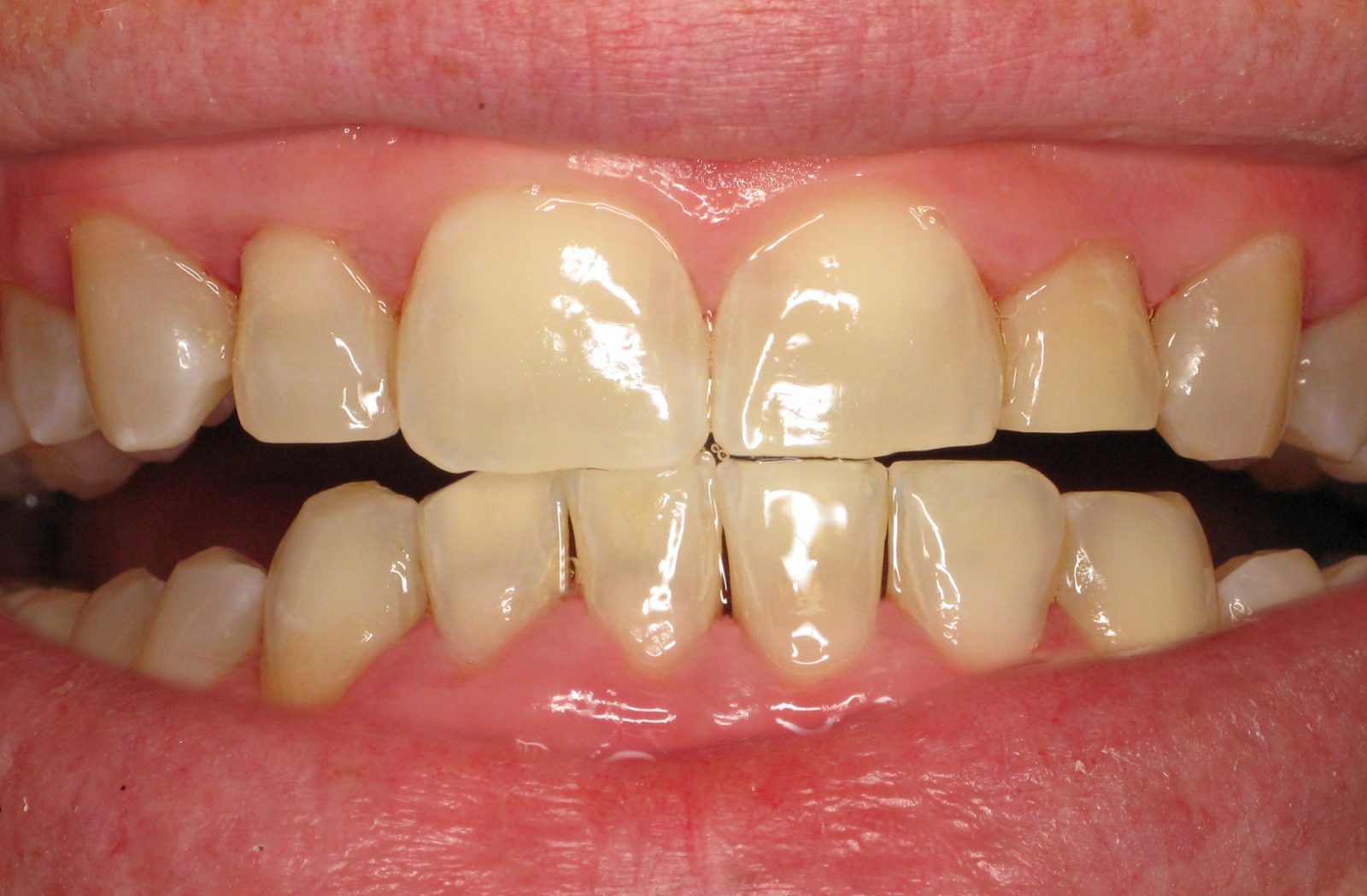How to Diagnose Redness in Gums?

Diagnosing redness in the gums typically involves a comprehensive dental examination conducted by a dentist or periodontist. During the examination, the dental professional will visually inspect the gums for signs of redness, inflammation, and other symptoms associated with gum disease. They may also use specialized tools, such as a periodontal probe, to measure the depth of the spaces between the gums and teeth (known as gum pockets) and assess the extent of gum disease.
Additionally, the dentist will review the patient’s medical history and inquire about any symptoms, such as bleeding gums, sensitivity, or persistent bad breath. Dental X-rays may also be taken to evaluate the underlying bone structures and detect any signs of bone loss or other dental issues related to gum disease.
Properly diagnosing redness in the gums involves identifying the underlying cause, whether it’s due to gingivitis, pregnancy-related changes, poor oral hygiene, or other factors. This evaluation helps determine the appropriate treatment plan to address the specific condition causing the gum redness.
For individuals experiencing redness or other concerning symptoms in their gums, seeking timely professional dental care is crucial. Regular dental check-ups every six months are also recommended to detect early signs of gum disease and ensure optimal oral health. Laser Periodontics & Gum Surgery offers comprehensive evaluations and personalized treatment options, including laser periodontal therapy and scaling and root planing, to address gum redness effectively and maintain healthy gums. For a consultation with our specialized team of experts, call (877) 440-3564.
What methods do dental professionals use for visually examining gum redness?
Dental professionals employ various methods to examine gum redness and assess oral health visually. Dentists or periodontists use specialized tools and techniques to evaluate gum health during a comprehensive dental examination. Visual inspection is the primary method, where the dental professional examines the gums for signs of redness, swelling, and inflammation, often using a dental mirror and overhead light to illuminate and observe the entire gumline.
Additionally, dental practitioners may utilize periodontal probes to measure gum pocket depths and assess the severity of gum disease. These probes help determine the extent of redness and inflammation in the gums and evaluate the potential progression of periodontal conditions.
Moreover, advanced imaging techniques like dental X-rays may be employed to visualize the underlying bone structures and identify any signs of bone loss or dental issues associated with gum disease.
Regular dental check-ups every six months allow for thorough visual examinations of gum redness and other potential oral health concerns. Early detection of gum disease symptoms, including redness, enables prompt intervention and tailored treatment plans. Laser Periodontics & Gum Surgery offers comprehensive dental evaluations and cutting-edge treatments, such as laser periodontal therapy and scaling and root planing, to address gum redness effectively and maintain optimal gum health. Professional dental care and routine check-ups prevent and manage gum disease, ensuring a healthier smile and overall well-being.
How is the gum color and texture assessment conducted to identify redness?
The gum color and texture assessment is fundamental to identifying redness and evaluating overall gum health during a dental examination. Dental professionals use specific criteria to assess gum color and texture visually. Healthy gums typically exhibit a coral-pink color and a firm, stippled texture. However, redness in the gums, indicating inflammation, can be easily identified during the examination. Red or inflamed gums may appear swollen and tender and exhibit a darker or deeper red hue than healthy ones.
The assessment involves a visual inspection where dentists or periodontists examine the gums along the gumline and between the teeth, looking for deviations from the normal pink color and firm texture. They use adequate lighting and dental instruments, such as mirrors, to observe gum color and texture changes accurately.
Furthermore, the evaluation of gum texture involves noting any irregularities such as puffiness, bleeding, or changes in surface texture. Healthy gums have a firm and slightly dimpled surface, while inflamed gums might appear swollen, shiny, or tender to the touch.
This comprehensive assessment helps dental professionals detect redness or inflammation in the gums, a common indicator of gum disease. Early identification of gum redness allows for timely intervention and tailored treatment plans, including professional cleanings, laser periodontal therapy, or scaling and root planing. Regular dental check-ups every six months are essential for monitoring gum health, preventing gum disease progression, and maintaining optimal oral health. Laser Periodontics & Gum Surgery specializes in comprehensive evaluations and advanced treatments to address gum redness and ensure healthier gums for patients—call (877) 440-3564 to schedule an appointment.
What techniques are employed to identify inflammation and specific redness patterns?
Dental professionals employ various techniques to identify inflammation and specific redness patterns in the gums during oral examinations. Visual inspection remains the primary method, where dentists or periodontists meticulously examine the gums for signs of inflammation and redness. They utilize specialized tools such as dental mirrors and adequate lighting to observe the gum tissues thoroughly.
Additionally, periodontal probing is utilized to assess the depth of gum pockets and identify areas of inflammation. A periodontal probe measures the depth of spaces between the gums and teeth, enabling dental professionals to identify regions with increased pocket depth, indicating potential inflammation and gum disease.
Furthermore, specific redness patterns, such as diffuse redness affecting the entire gumline or localized redness in specific areas, are noted during the examination. Diffuse redness suggests a widespread inflammatory response across the gums, while localized redness may indicate specific areas of irritation or infection.
Moreover, advanced diagnostic tools like digital imaging or intraoral cameras aid in identifying inflammation and documenting specific redness patterns in the gums. These tools enable detailed visualization and precise documentation of the affected areas, assisting in treatment planning and monitoring changes in gum health over time.
By utilizing these comprehensive techniques, dental professionals can effectively identify inflammation, assess specific redness patterns, and diagnose various stages of gum disease. Timely identification of gum inflammation allows for appropriate treatment interventions, such as scaling and root planing, laser periodontal therapy, or personalized oral care plans. Regular dental check-ups supported by these techniques are crucial for maintaining optimal gum health and preventing the progression of gum disease. Laser Periodontics & Gum Surgery specializes in advanced diagnostic methods and tailored treatments to address inflammation, specific redness patterns, and overall gum health for patients.
Experienced, professional gum treatment. Offices in New York City, Long Island, Nutley, New Jersey.
Free screening visits will include the following: Oral exam/cancer screening, periodontal evaluation, your possible treatment options, and estimated costs.






